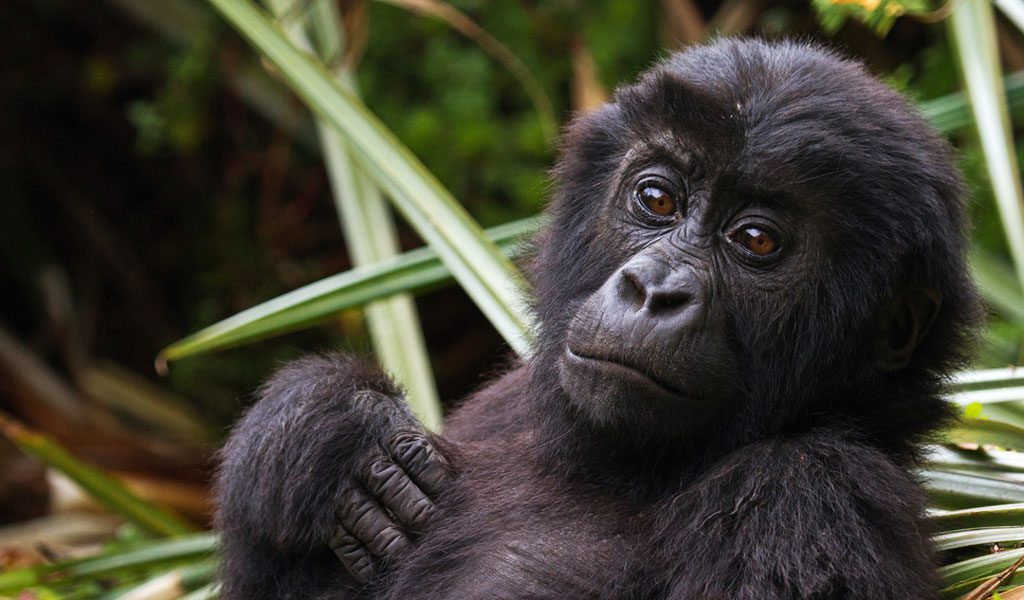The Green-eyed Tree Frog
The green-eyed tree frog (Litoria serrata) is a species of
Australasian treefrog in the family Hylidae that occurs in the Wet Tropics of
Australia. It is a member of the Litoria eucnemis species-group, which occurs
in New Guinea and north-eastern Australia. Litoria serrata was formerly
synonymised with Litoria genimaculata, but this name is now reserved for a species
in Papua New Guinea.
Its natural habitats are subtropical or tropical moist
lowland forests, subtropical or tropical moist montane forests, rivers,
intermittent rivers, intermittent freshwater marshes, rural gardens, and
heavily degraded former forests. It is threatened by habitat loss and
chytridiomycosis.
History
Australia is home to almost 230 species of frogs who mainly
live in Queensland, which is a tropical part of Australia. Thousands of years ago,
green-eyed tree frogs separated in the northern and southern parts of
Queensland and recently started breeding again. However, due to the separation,
it is considered cross-breeding, since the species are so different now. Male
green-eyed tree frogs from the Northern region in Australia, are rejected by
female green-eyed tree frogs from the south. Their geographic separation has
caused a change in mating calls, that continues to drive the two types of
green-eyed tree frogs apart. If and when the females from the southern region
decide to mate with the males from the north, they are re-productively
disadvantaged. Their crossbreed offspring don't survive as long as the frogs
whose parents breed with other frogs from the same region. Scientists now use
the green-eyed tree frog in their studies of speciation and evolution due to
the mating habits of the frogs in Australia.
Conservation
When it comes to monitoring the current population, the best
method to use is a photographic identification model, since dorsal patterns of
the green-eyed frog is not shown to change over time. To help conserve the
green-eyed tree frog population, monitoring and awareness efforts have been
increased and an exhibit was created at the Chester Zoo in the United Kingdom.
It will be important to keep monitoring the wild population as the species
population declines further.
Habitat
The green-eyed tree frog's natural habitats are mainly
subtropical, but can also include tropical lowland forests, as well as rivers
and freshwater marshes. They are mainly located in the rain forests of
Queensland, Australia, as well as Papua New Guinea and West Papua (Indonesia),
and is very capable of blending in with its surroundings: including the moss
that covers the rain forests of Queensland. Though their markings correspond
with their habitat, their bodies are mostly brownish-green with blotches that
are a rust color. Living near creeks and streams, their rust colored blotches
tend to match the lichen covered rocks that line the bodies of water.
This particular frog is semi-aquatic. Though it mainly
prefers dense wood, it also tends to like bodies of water located in clearings
or pastures. Adults are also found to be quite active during the day, as well
as at night.
Reason For Decline
Populations of the green-eyed tree frog are largely found in
the region's lower elevations between 1,500 and 2,700 meters. It is currently
unknown why they have disappeared from high altitude areas. Though the frogs
have suffered some decline in past years, which can be blamed on a fungal
disease, their numbers have come back stronger. The fungal disease that is
believed to be the cause of a decline in the 1990s is called Chytridiomycosis.
An infectious disease that has affected amphibians
worldwide, Chytridiomycosis is caused by a fungus that causes sporadic deaths
in some amphibian populations, as well as 100% mortality rates in others. This
fungus is known as the chytrid fungus. Scientists and researchers believe that
this disease has been the main reason for many species extinctions and
population decreases among frogs since the 1990s. The main origin of the
disease, as well as its true impact are uncertain, but is being continually
investigated. Although Chytridiomycosis can be very deadly, the disease is
believed to be avoided when under natural and unstressed conditions. Declining
species have been found to coexist with non-declining species, possibly due to
their differences in behavior. There are other causes of population decline
though, including habitat loss, pollution, and climate change. Not to mention,
deformities in tadpoles have been linked to agricultural chemicals.
Role in Environment
Consumers because they cannot make their own food, so they need to eat/consume other plants and or animals. They feed mostly on insects, and prefer crickets, flies, grasshoppers and moths. Sometimes they will even eat smaller frogs. For tadpoles, fruit flies and pinhead crickets are the meals of choice.
5 Ways to Help
1. Spread awareness for deforestation
2. Donate money to help preserve their environments
3. Spread awareness for how these frogs are being killed for HIV testing
4. Never try to capture them with the intention of making one a pet
5. Take a trip to one of their locations to spread knowledge of their endangerment to locals














